|
John writes … ‘Save the planet!’ is one of the slogans in campaigns that encourage governments to aim, as soon as possible, for ‘net zero’ carbon dioxide emissions. However, planet Earth itself does not need to be saved. As we discuss in Chapter 8 of the book, it been through many climatic fluctuations in its 4.6 billion-year history and it is a testament to its survival of those ups and downs that we are here to talk about it. Leaving aside the extreme temperature fluctuations of the very young Earth and focussing ‘only’ on the 3.8 billion years during which there has been life on the planet, it is clear that Earth has had periods of being significantly warmer than now. Thus, it has been calculated that in the Cretaceous the average global temperature was at least 12°C higher than at present and there is evidence that trees grew on Antarctica and on land within the Arctic Circle. By contrast, Earth’s overall climate is at present cooler than average and has been so for about half a million years. The name for this is an Ice Age. The climate is characterised by alternation of very cold glacial periods (often called ‘ice-ages’ in colloquial usage), of which there have so far been five (the most recent ‘peaked’ about 22,000 years ago) and less cold interglacial periods, like the one that we are in now. Each of the varying climatic eras in Earth’s history has been characterised by its own particular ‘balance of nature’ in which the atmosphere, geosphere, hydrosphere and biosphere are in a dynamic equilibrium, as described in James Lovelock’s Gaia hypothesis. If physical conditions on Earth change dramatically, then, in the words of Lovelock ‘Gaia is re-set’ or in other words, a new dynamic equilibrium is established. However, that equilibrium may be ‘challenged’ by phenomena such as volcanic eruptions which push a lot of carbon dioxide into the atmosphere. I was therefore very interested to read a recent article in New Scientist (2) which reported on research at Pennsylvania State University showing that the resulting increase in temperature would be countered by an increase in the rate of weathering and erosion of particular types of rock. This would lead, via a series of simple chemical reactions, to the carbon dioxide being trapped as ‘carbonate minerals’. The scenery at Guilin in southern China is made of types of rock whose weathering is thought to have contributed to this process. The author spoke of the system as a sort of coarse thermostat but added that it works too slowly to ameliorate the current rate of increase in the concentration of atmospheric carbon dioxide. ‘Modern’ humans, Homo sapiens, have only been around for a very brief segment of the Earth’s long history. Our species arose in Africa about 250,000 years ago, when the third of the recent series of glaciations that I mentioned earlier was at or near its peak. From those origins in Africa, humans spread out to inhabit nearly the whole of the planet; human culture, society and then technology, grew and flourished. Humans are clearly the dominant species on Earth. Nevertheless, we can identify times in our history when climate would have made habitation of some areas impossible, namely the glacial interludes referred to above. Although modern technology makes it possible to live, after a fashion, on land covered in several metres of ice, that was not true 30,000 years ago. Thus, we can envisage climate-driven migration of both humans and Neanderthals, moving towards the equator as the last glacial interlude held the Earth in its icy grip. Returning to the present day, even the relatively modest (in geo-historical terms) increase in temperature that is currently being caused by burning fossil fuels is very likely to drive human migration. Some of this will be a result of an indirect effect of rising temperatures, namely the rising sea level (see next paragraph) but some will occur because there are regions of the world where, if temperature rise is not halted, the climate itself and the direct effects thereof will make human habitation more or less impossible. My colleague at Exeter University, Professor Tim Lenton, has been part of a team doing the detailed modelling, one of the results of which is this map which predicts the extent of uninhabitable zones in the year 2070 if we adopt a ‘business as usual’ approach to climate (3). I will leave our readers to think about the implications of this. In the previous paragraph I briefly mentioned rising sea levels. The increase so far has been, on average, about 17 cm which at first sight seems quite small. However, it is large enough to have increased the frequency of coastal flooding in low-lying coastal regions. Thus, much of, for example, Bangladesh (4) (including half of the Sundarbans (5), the world’s largest mangrove forest) is highly vulnerable, as are many Pacific islands. Some island communities are already planning to leave and to rebuild their communities, including all their traditions and folk-lore, in less flood-prone locations. The islanders will be a part of the 600 million sea-level-refugees projected to be on the move by the end of this century, in addition to those moving away from the uninhabitable zones mentioned above. The rise in sea level is and will be caused by the melting of Arctic ice, including the Greenland ice-sheet and especially by the melting of Antarctic ice. Thinking about this reminded me of an article in The Guardian newspaper in 2020 (6). In order to illustrate this, I would like you to take an ice-cube out of your freezer (probably at -18°C) and place it at ‘room’ temperature (probably somewhere between 15 and 18°C). It does not melt instantly – and indeed, may last, depending on its size and the actual room temperature, a couple of hours. And so it is with environmental ice. In terms of the rise in sea level attributable to global warming, ‘we ain’t seen nothin’ yet’. The author of the article, Fiona Harvey, states, based on a paper in the scientific journal Nature, that even if we manage to keep the overall rise in temperature to 2°C, Antarctic ice will go on melting well into the next century and will raise sea levels not by a few cm but by about 2.5 metres, a scenario that hardly bears thinking about. Dealing with climate change and the knock-on effects thereof is thus a matter of extreme urgency. John Bryant Topsham, Devon January 2023 (1) Steven Earle, Physical Geology (2nd Edition), 2019. Physical Geology - Open Textbook (opentextbc.ca)
(2) Rock weathering ‘thermostat’ is too slow to prevent climate change | New Scientist (3) Future of the human climate niche | PNAS (4) Intense Flooding in Bangladesh | nasa.gov and Introduction to Bioethics (Bryant and la Velle, 2018) p 298. (5) The Sundarbans straddles the India/Bangladesh border. (6) Melting Antarctic ice will raise sea level by 2.5 metres – even if Paris climate goals are met, study finds | Climate crisis | The Guardian
2 Comments
Dr John Bryant
2/2/2023 10:56:55 am
I like it
Reply
Dr John Bryant
21/4/2023 03:10:59 pm
Surely I meant 'I don't like it'
Reply
Leave a Reply. |
AuthorsJohn Bryant and Graham Swinerd comment on biology, physics and faith. Archives
July 2024
Categories |
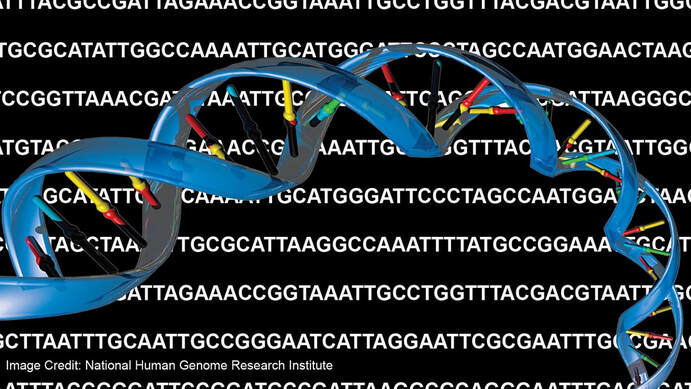
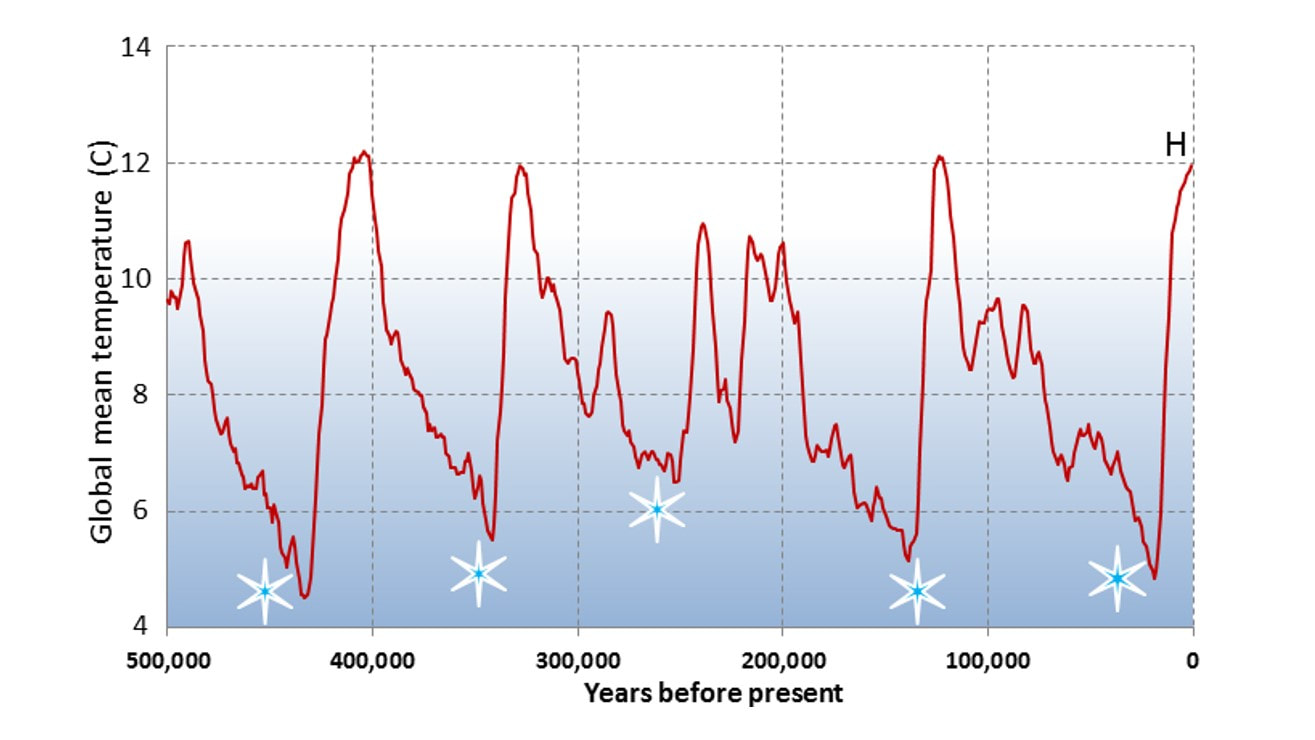
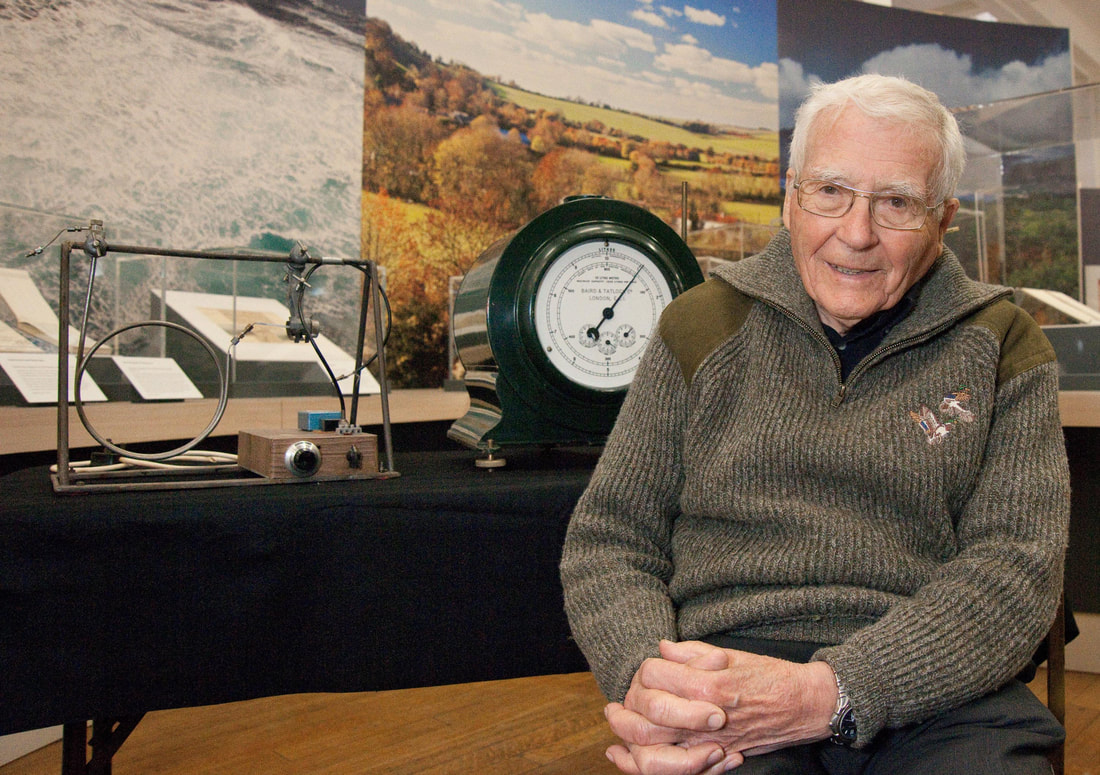
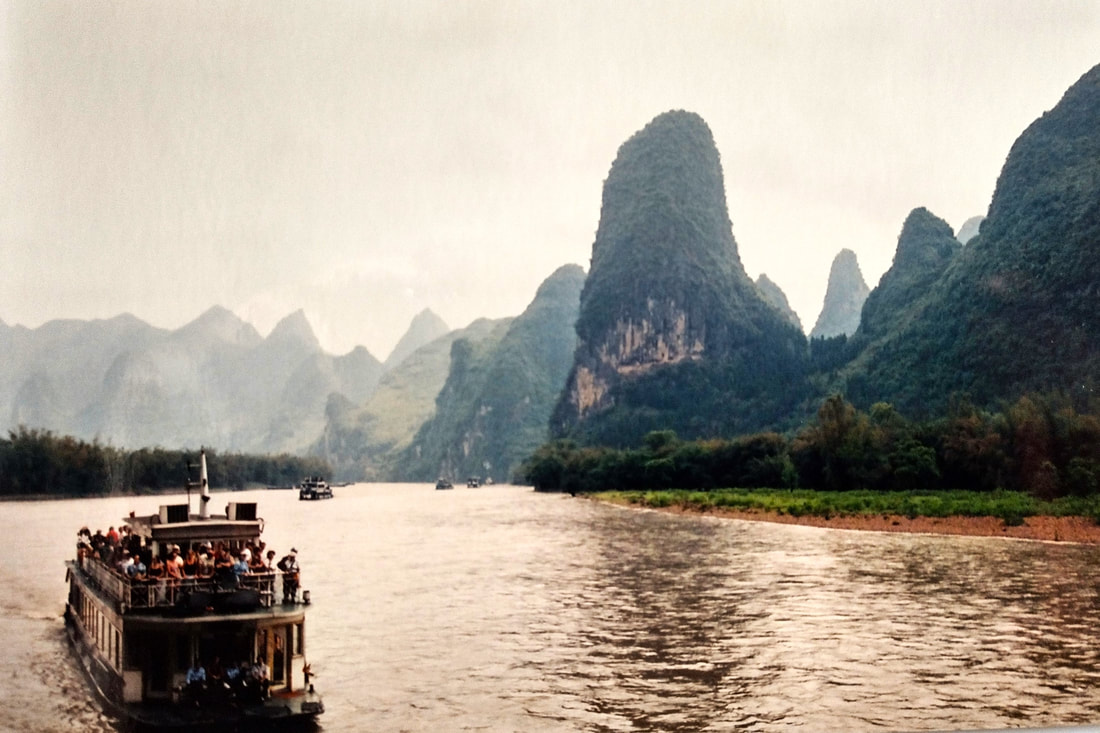
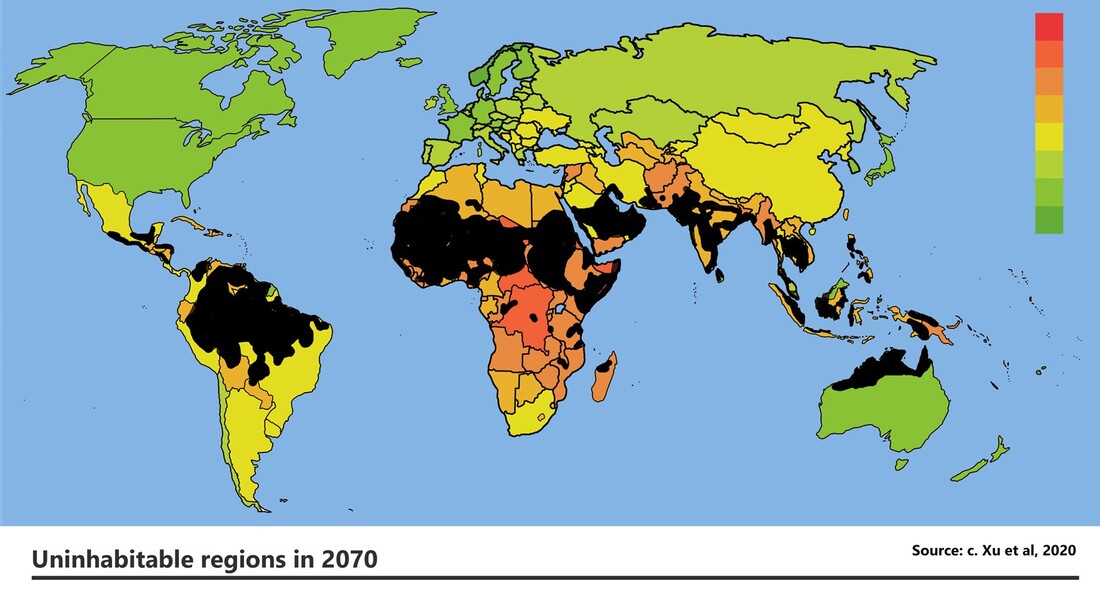
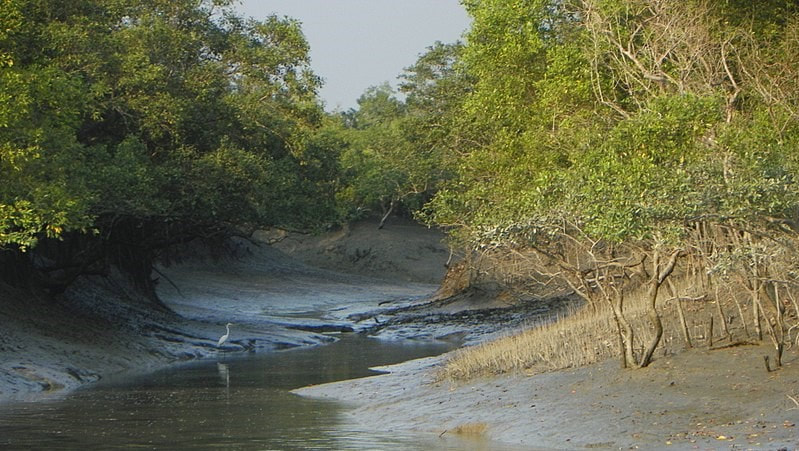
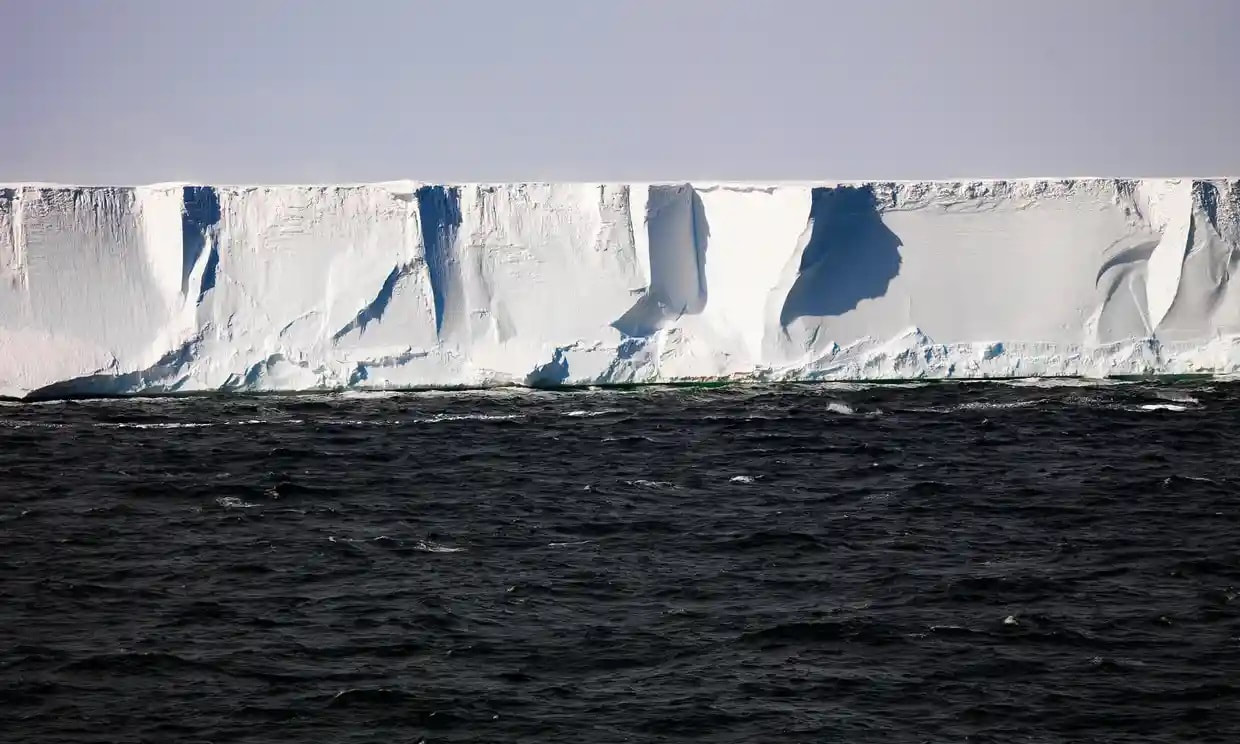
 RSS Feed
RSS Feed
